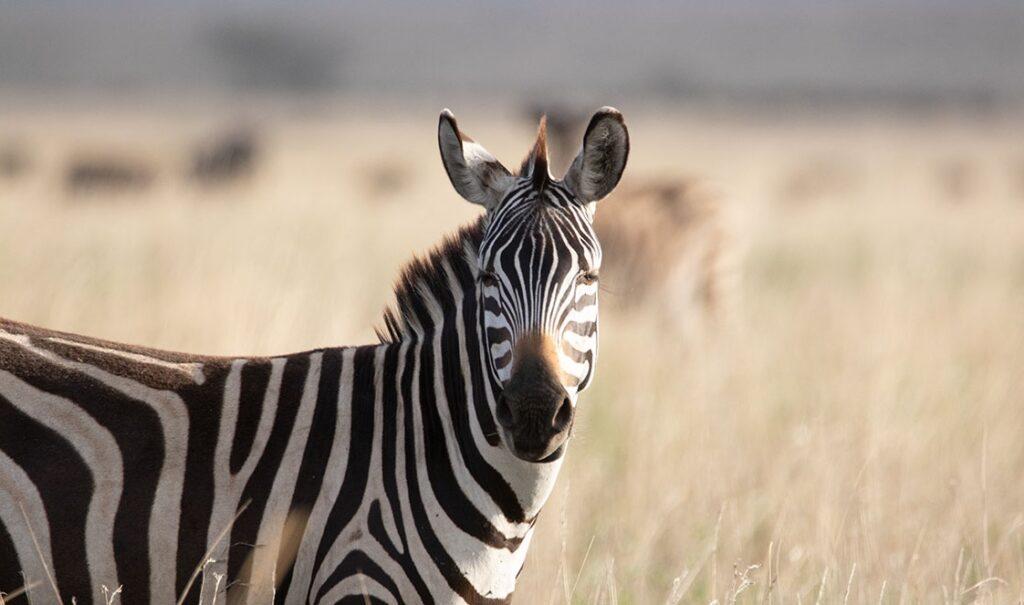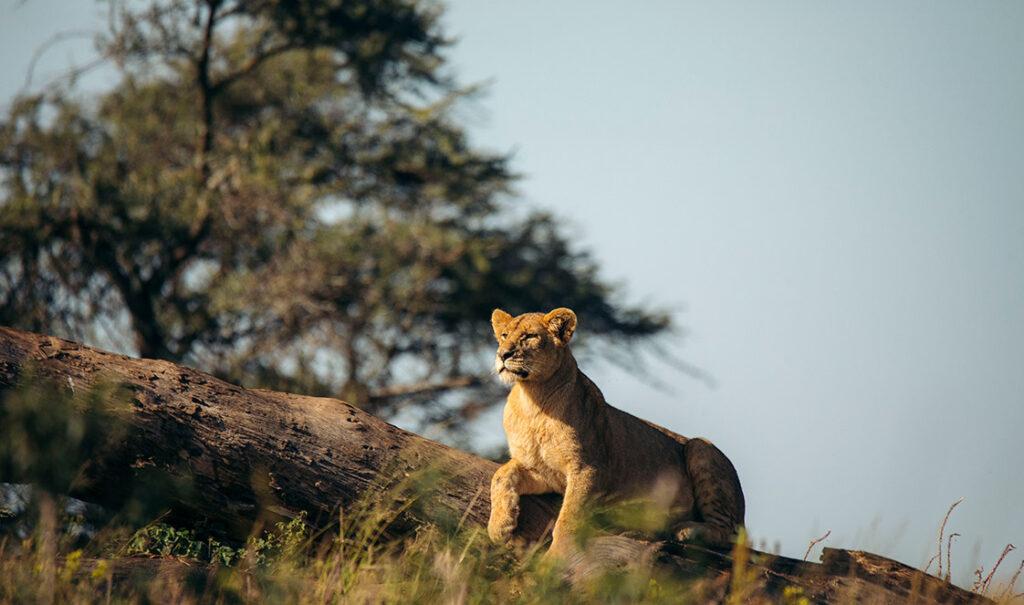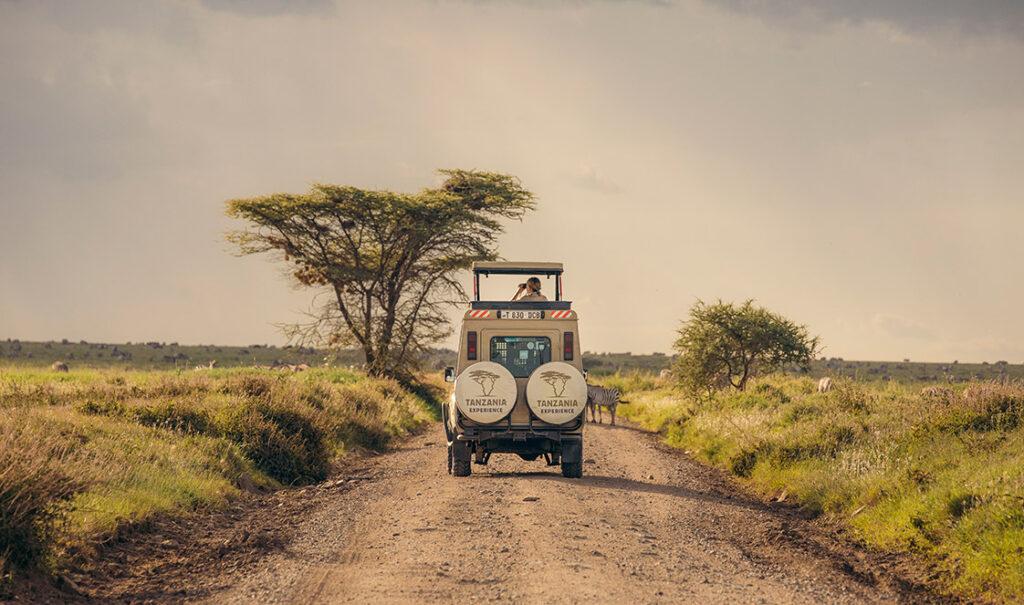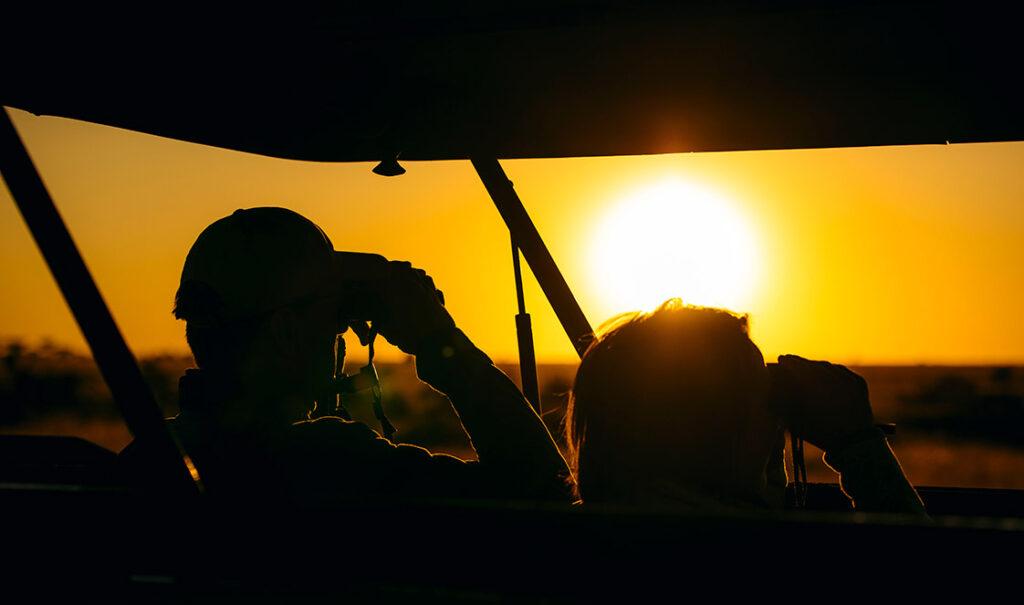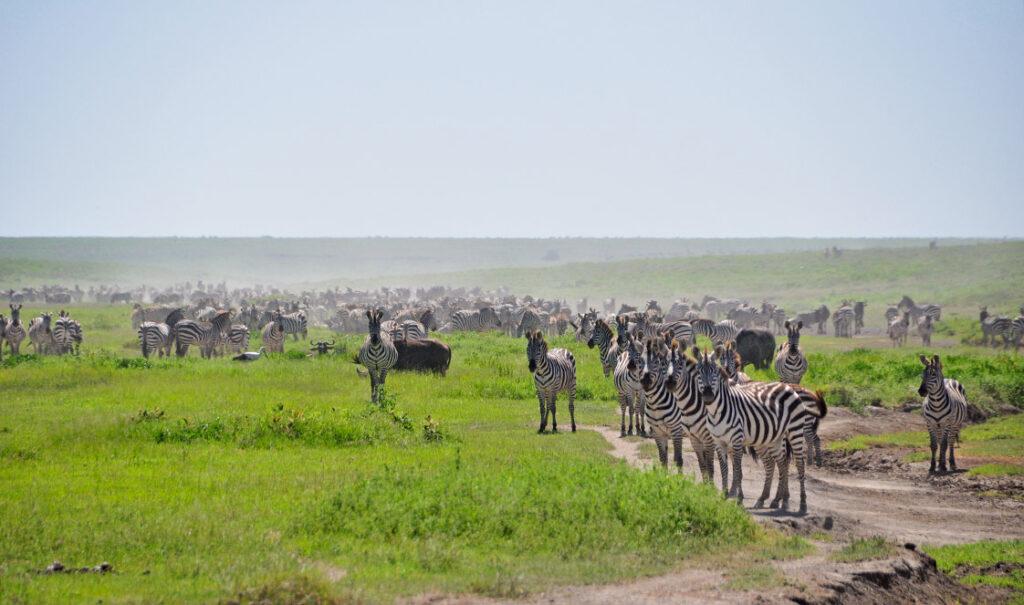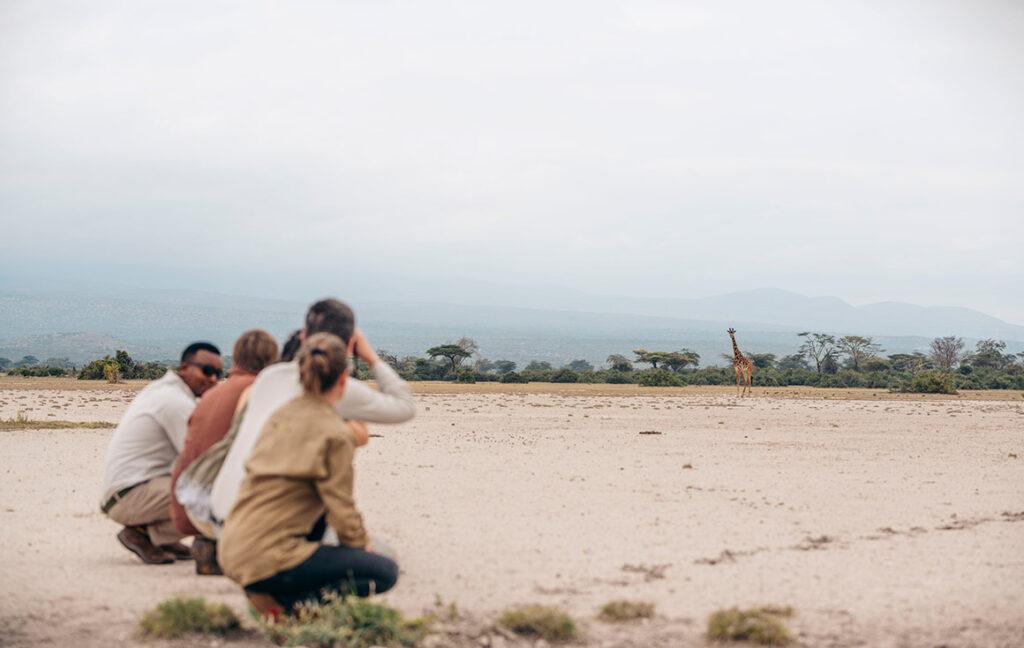Lake Manyara National Park
330 km² (130 mi²)
1960 (National Park)
June to October
The perfect place to stop and unwind in nature
Nestled in ancient forests with incredible views of the sweeping escarpment, Lake Manyara is the perfect place to relax in nature and unwind from city life. This was attested to by Hemmingway, who camped in the mahogany and fig tree forest and wrote about the beauty of the lake in a book called ‘Green Hills of Africa’. Only ninety minutes from Arusha, it is a great stop-off on your way to the Serengeti National Park.
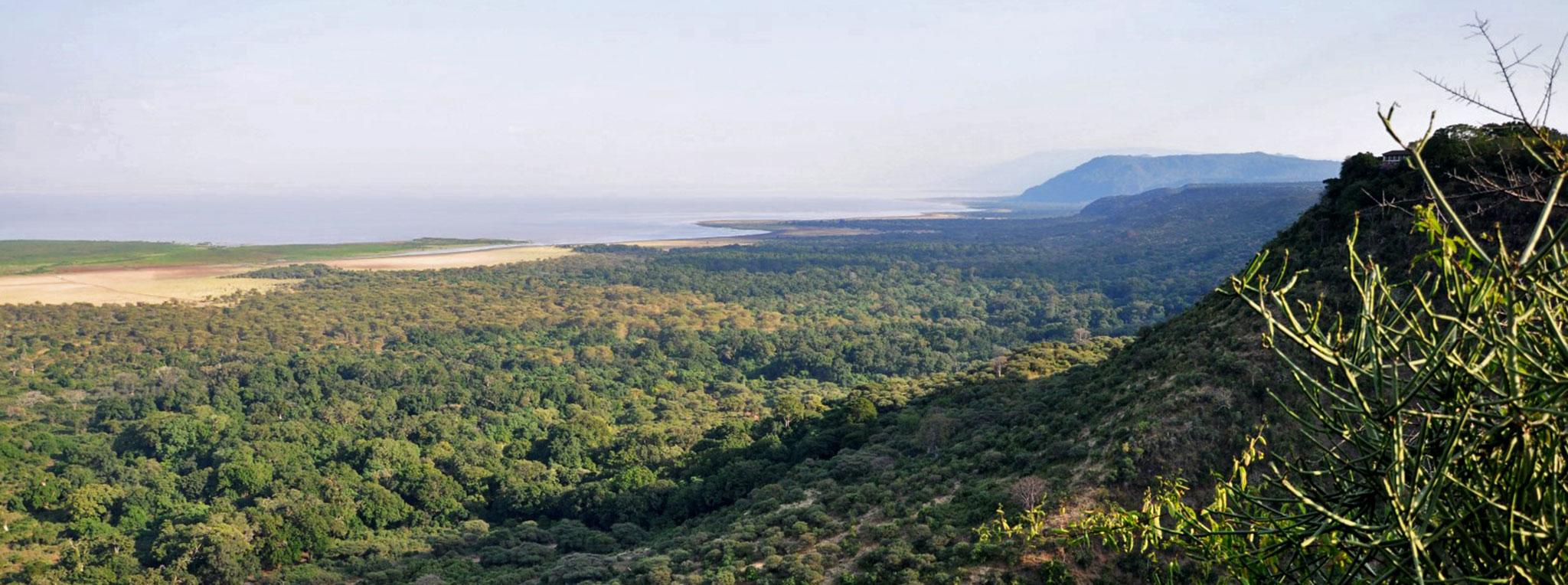
Unique forests in a beautiful landscape await you
Lake Manyara National Park is one of the oldest and at the same time smallest of Tanzania’s parks. While the wildlife may not be as abundant as in other parks, it has beautiful landscapes, and it is the perfect place for nature lovers to unwind on the first few days of a safari.
It is an alkaline lake surrounded by vegetation that transitions from groundwater forests to flood plains and finally to grasslands dotted with acacia trees. The lake is fed from the northern Simba River and the eastern Makuyuni River. Plus, it forms part of the Rift Valley catchment during the rainy seasons. In recent years the lake’s water level has risen significantly and skeletons of waterlogged trees mark the old shoreline.
Park inhabitants include buffalos, hippos, baboons, waterbucks, impalas, giraffes, zebras, and wildebeests. There is a healthy population of leopards, but sightings are rare due to the thick vegetation. In the past, the park was renowned for large populations of elephants and tree-climbing lions, however, since the lake’s water levels have risen sightings are rarer.
Highlights:
On entry, visitors to Lake Manyara National Park are greeted by a green forest which boasts ancient Mahogany, Sycamore fig, Kapok and huge Baobabs trees. The park is home to large groups of olive baboons with as many as 150 individuals in the troop. They can be seen playing and foraging in the forest and rivers.
Views of the lake are stunning with 670 flowering species and 180 butterfly species found here. For bird enthusiasts, this park is truly rewarding as over 390 species of birds have been recorded. The peace of the forest can be disrupted by the trumpeting calls of the Silvery-cheeked Hornbills, Ground Hornbills and Red-billed Hornbills. Water birds like Blacksmith Plovers, Little Egrets, Black Herons, Spoonbills and Pink Backed Pelicans can be seen here. Flamingos, once abundant, are now seasonal visitors due to the increased water level.
Large herds of wildebeests, zebras and buffaloes like to gather on the open flood plains from where they graze and can keep a lookout for approaching predators.
The lake is a whopping 220 km²
This alkaline lake is huge and during the peak of the rainy season it occupies two-thirds of the park, but incredibly it is only three meters deep. In the past years, lake levels have gone up even further.
Nature Lovers
While the number of wildlife has gone down due to a rise in water levels, the abundant natural beauty makes it a great stop for nature lovers. Unwind and relax.
Olive Baboons
Lake Manyara National Park is home to huge troops of olive baboons with groups as large as 150 individuals. Leopards are their greatest predator.
WHEN TO GO
Best time to go to Lake Manyara National Park
You can visit Lake Manyara almost all-year-round. During the dry season from June to late October, the weather is warm and pleasant with low humidity levels and minimal chance of rain. It is the best time to see the wildlife as animals and birds congregate near water sources during the five-month period of no rain. The short rains occur less predictably in November and December in short afternoon showers. A second dry period from January and February is another good time to visit, whilst the long rains, which occur in daily thunderstorms from March to May, render parts of the park inaccessible.
Dry Season
June to OctoberBest for wildlife watching and relaxing in nature
Green Season
March to MayBest for bird watching and to see nesting behaviour
Why to go
Immerse yourself in nature
Hemmingway and his wife Pauline set up camp in the mahogany and fig tree forests of Lake Manyara in 1934. With stunning views of the lake and the sweeping escarpment, they would have enjoyed watching the sunrise and sunset whilst listening to a symphony of bird calls and the snorting interjection of hippos coming up for air, followed by their deep and charismatic honking calls. Today, you can still immerse yourself in nature and unwind. Even though wildlife numbers are lower than in other parks, the beauty of the lake and the forested landscapes, on an otherwise savannah-based safari, is a tranquil place to start a safari.


In Lazaro, we had a kind and professional guide by our side. He knew how to give us an understanding of the fascinating symbiosis of nature and wildlife. Lazaro has an extraordinary intuition and a sharp eye.Carina & Elmar | Germany
Where to stay at Lake Manyara
Location
Lake Manyara National Park is located only 126km (78mi) from Arusha and is only a ninety-minute drive on an excellent road, which makes the park the perfect stop-off on the way to the Serengeti National Park. Entry into the park is possible at the northern and southern gates, with the latter less frequently used. The majority of the accommodation is located in the north. Ngorongoro Crater and the Serengeti National can be visited next and they are only three-and-a-half hours away.
- Lake Manyara National Park
- Arusha 120 km | 2.5 hours by road
- Tarangire National Park 70 km | 1.5 hours by road
- Ngorongoro Conservation Area (Loduare Gate) 40 km | 1 hour by road
- Serengeti National Park (Naabi Gate) 140 km | 3.5 hours by road
- Ruaha National Park 750 km | 15 hours by road
- Gombe Stream National Park 1,050 km | 18 hours by road
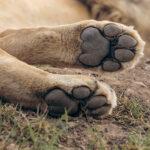

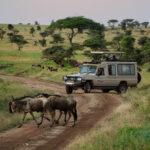
Experience Tanzania with us
Speak to one of our travel experts
Let's start planning your trip!
We will get back to you within 2 working days.
 on Tripadvisor
on Tripadvisor





